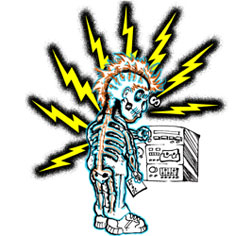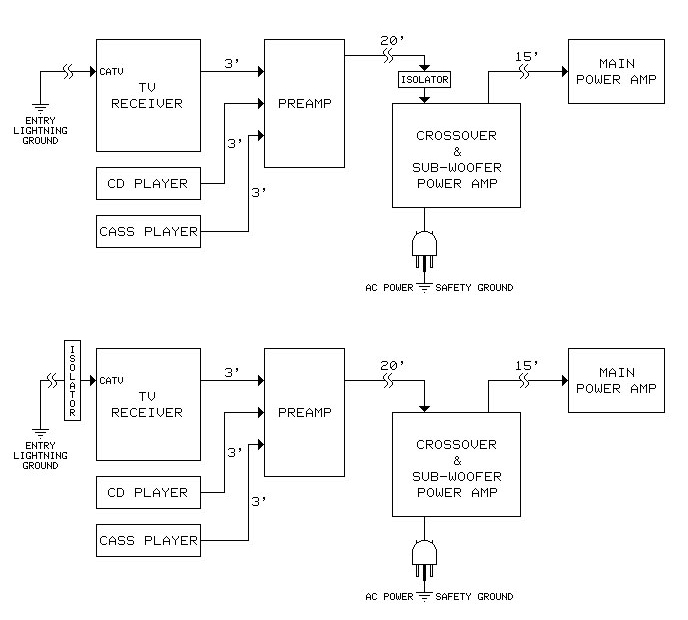
The noise rejection of such a scheme is no better, and often worse, than that of a single high-performance isolator (i.e., input transformer) installed at the receiving end.
Check performance data for isolators carefully. Many have scanty, vague or conspicuously non-existent specifications, and many use cheap, telephone-grade transformers.
These can cause loss of deep bass, bass distortion, and poor transient response. Data for high-quality isolators is complete, unambiguous, and verifiable. Input-transformer-based isolators have other benefits, too, including:
• Their inputs are truly universal, accepting signals from either unbalanced or balanced sources, while maintaining extremely high noise rejection
• They provide inherent suppression of RF and ultrasonic interference. The subsequent reduction of “spectral contamination” is often described as a marvelous new sonic clarity
• They are passive, requiring no power
• They are inherently robust, reliable, and virtually immune to transient over-voltages.
Explore The Options
In many systems, including the one seen earlier in this article in Figure 1, there is more than one way to break the ground loop.
Observe that the noise voltage between the CATV ground and the AC power safety ground at the subwoofer causes noise current flow in the shield of all the signal cables between the CATV ground and the subwoofer.

Common-impedance coupling will induce noise in both audio cables in the path, generally in proportion to their lengths. CATV feeds are notorious for having “ground” at their shield several volts different from utility AC power ground, so this system might exhibit a very loud hum regardless of preamp control settings because of coupling in the 20-foot cable.
Of course, the loop could be broken by defeating the subwoofer safety ground—but don’t do it! Remember, audio cables that connect equipment together will also carry lethal voltages throughout the system or could start a fire if the subwoofer develops a defect.
A safe way to break the ground loop is to install a ground isolator somewhere in the audio signal path from TV to subwoofer. Because longer cables are more likely to couple more noise, the preferred location in this system would be at the receive end of the 20-foot cable (Figure 5, above). Another safe, and potentially less expensive, solution is to break the loop by installing a ground isolator in the CATV feed as shown in Figure 5, below.
CATV isolators must be installed downstream of the lightning ground and should generally be installed where the cable first connects to the audio or video system, such as at a VCR or TV input.
Bill Whitlock has served as president of Jensen Transformers for more than 25 years and is recognized as one of the foremost technical writers in professional audio.
